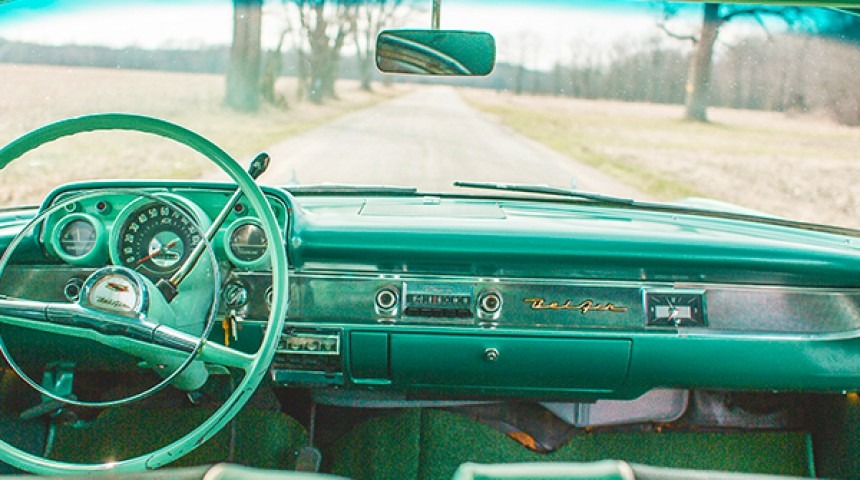A big part of planning, building and launching a new website or app is considering the UX – your user’s journey and their experience of using your website or service. But then once the site is live, it’s easy to assume the UX box is ticked forever more – and that’s not the case.
All websites – and all businesses as a whole – evolve and change. Just minor tweaks or text updates here and there can really break a seamless user experience without anyone on your team realising. Things can be done in the code, such as saving postage prices in one file so that if you change that price you just need to update it in one place and you can be assured it updates across the site everywhere it needs to – but some things are more subtle than that and are just about small updates people make that the system can’t know about.
It goes further than just on your website too. How your brand presents itself, or how your product works in the real world needs to be checked too – alongside your website or app.
To put this into context, I noticed a discord with the online and offline experience of visiting a National Trust property the other day. Now, the National Trust are a national treasure to our mind, so I’m not bashing them! They’ve been severely hit by the effect of COVID-19 and the fact that there are lovely big open outside spaces to go and explore when you’re on a rainy caravan holiday as we were last week is fantastic. But there was just one little thing that I noticed in the UX of booking and arriving at Greenway in Devon.
Booking online
To manage numbers, the National Trust are asking you to book online before you visit – which is absolutely fine. They’re using Event Brite to manage their online bookings, which is a very good experience and a good idea on their part to hook in a tried and tested 3rd party service that’s not typically (as the Event orientated name suggests) for booking time slots at visitor attractions but it works well. If I was being really picking, I’d say there are a LOT of clicks to get to Event Brite, but I’m not one of these people who obsesses over the old skool “3 click rule” (there are actually 3 clicks from the Greenway page before you arrive on Event Brite but it just feels odd to click on “Check availability” and then “Timed entry” and then “Check availability” on subsequent pages). I suspect the clicks are partly to do with a new (I assume) page being added to properties detailing everything you need to know about visiting that location in 2020 amid semi-lockdown. Clearly a lot of work has gone into answering lots of questions people might have and being clear on what’s open and what’s not, which is great.
The only slight issue we found with the whole experience, is that – probably unlike other National Trust properties – even in non-Corona Times – you need to book a spot in the carpark at Greenway. And so when you approach the grounds, all the road signs state that you should continue to the car park if you’ve got a pre-booked space. In the caravan we were staying in there was also a 2019 National Trust directory of properties, which stated the need to pre-book a car park space at Greenway if you were arriving by car (as there are various other ways they recommend you travel by, including ferry) and a number to ring with any enquiries.
We very nearly rang that enquiry line when we read that in the guide book, as whilst I’d booked tickets from home before we went on holiday, suddenly now we were wondering if we also needed to book for the car park. But we decided it should be fine – if they’d needed me to book that they would have included it on Event Brite… wouldn’t they?
As we approached the property though and saw sign after sign telling us that the car park was for people with a booked space only, we did start to wonder!All was fine, but a line of text in the Event Brite email confirmation, or on the Event Brite page, to say that there is no need, with a booked ticket, to also book a space in the car park would have been comforting – and may possibly save some calls to the call centre. Putting it in the email confirmation would be particularly good as you need to have the tickets on you (whether that’s on your phone or on a print out) so if you notice the signs in the car on the way, you can have the reassurance at your finger tips. And that’s probably just a line of text a NT team member can update in Event Brite.
Social media frenzy
On the topic of the call centre, earlier in the year we visited another National Trust property and whilst all the literature was very clear that we’d need to pay for the car park (as we’re not members but are now seriously considering joining, even if it’s just to support the charity) we were left wondering if we’d need change or if we could pay by card. We hadn’t, at that point, touched money for months so didn’t have any coins! And we didn’t really want to go into a shop in Corona Times to buy something we didn’t need and pay with a bank note just to get change if we didn’t need to.
So I rang the enquiry line for that property – but their offices are currently closed. So, just incase it might get a response, I commented on a National Trust South West picture on Instagram – and the team there responded within minutes with a really useful answer! (Yes I needed cash as unfortunately there is really bad reception at that remote property so using an app isn’t possible). I was really impressed by how quickly they responsed, with an accurate answer that proved they really know the properties they’re talking about.
The big UX picture
When was the last time you walked through your user’s entire journey? Not just on the website? It’s not always easy / quick but it can uncover easy little wins to make a good experience a great one.



